|
The British Library is, currently, showing a show called Making a Mark and is as the name suggests a history of writing. It takes us through, in a series of carefully presented vitrines from the earliest writing to modern computing. I recommend that you go round the wrong way. That way you avoid the crowds as, common to other British Library shows, there is a lot of peering over at documents. If you start at the beginning though the show starts at the beginning. I have a fondness for Cuneiform so it is always nice to see it again, those small delicate scratches on a little pillow of clay (above left). There is then ancient Chinese oracle bones (above right), bones use for fortune telling. Those centuries old marks still clear and vivid inscribed on the bone. Of course you have Egyptian Hieroglyphs, a Steele indeed (above left). More interestingly there was a piece (above right) showing the very early changes from hieroglyphs to the modern alphabet. Those marks are the beginning of this, coming up with a system that was taken up by the Phoenicians, the Greeks and finally the Romans. It starts out being read right to left and only once it reaches the Roman's does writing change to the left to right that I am gibbering with. Slightly more obscure writing also appears including, a slab from South American with pre-Mayan script (above right) and entirely new to me, writing from the mysterious East Island (above left). A slab of hardened wood with these swirling curving glyphs. Now onto books. The British Library has of course a multitude of glorious glowing wonderful books and it is nice to see them. Incidentally after you have been to this show, do yourself a favour and wonder up to the Treasures of the British Library room. Among those on display include the note book of Florence nightingale, a Qur'an in both Persian and Arabic (the borders deliciously decorated) and Mozart's autograph catalogue of his own works. The last of these is a most interesting document, a few lines of description and the opening few bars. Lost work abound apparently. Illustrated here are a Thai folding book (above left) that unfurls and one of the first printed books, a Chinese woodblock printed book the Diamond Sutra (above right) with the disturbingly specific date of 11th May 868. The first printed book, leads onto a display of movable type and what we may think of as printing proper. There is a hand printing press with a variety of typefaces on display and of course early printed books including a copy of the Canterbury Tales produced by William Caxton (above left) the earliest substantial book produced in England and of course a Gutenberg bible (above right). Another section of display includes exhibits on the mechanics of writing, early fountain pens, ball point pens and quill pens. You would sharpen your Quill pen with your Pen Knife, and suddenly the penny dropped. There were displays about different forms of writing including instructions on hoe wot write (such as the Chinese manual above left) and various end products of this such a the calligraphy of Emperor Shomu and Empress Komyo of ancient Japan and more recently the charter from the last couple of years, incorporating the Craft council. Not just writing on paper, or wood, but on people including a painful looking example of Burmese tattoos and the fierce looking implements with which they were produced (above right) . There are ancient Greek wax tablets, a wooden paddle with a verse from Qu'ran and then the show shifts into more modern exhibits. One of the most interesting for me was my introduction to the Vai script (above left). This was an entirely new alphabet created in West Africa, around Liberia in the 1830s. This was produced in reaction to the European colonizers and their view that a language that was not written was not worth considering. So they came up with this. I think it is quite beautiful and what an achievement, to create from nothing a whole new alphabet. I love it.
The show carries on with the adaption of script and fonts into the modern age. Futurists adapting Cyrillic for Soviet Ends, the BBC creating their own fonts. The show culminates with this man call El Seed (above right). He creates these lovely curving calligraphy messages of pieces which he places around the world. This one was at the show. That's it for this week. See you next time.
0 Comments
Leave a Reply. |
Archives
June 2024
Categories |

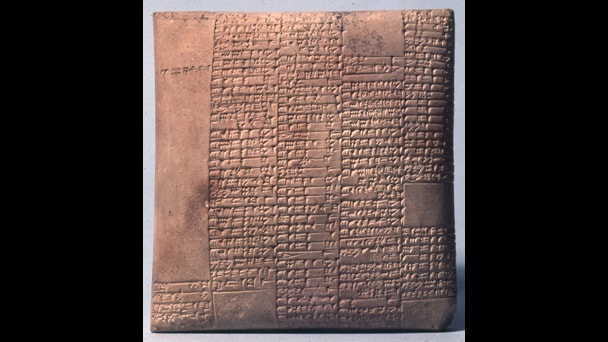




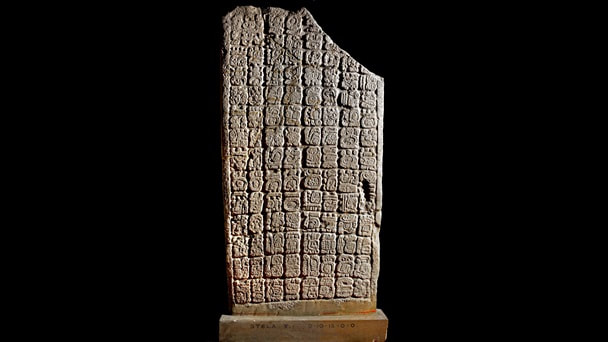
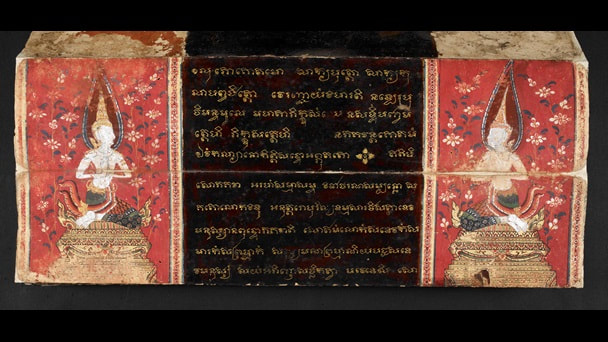
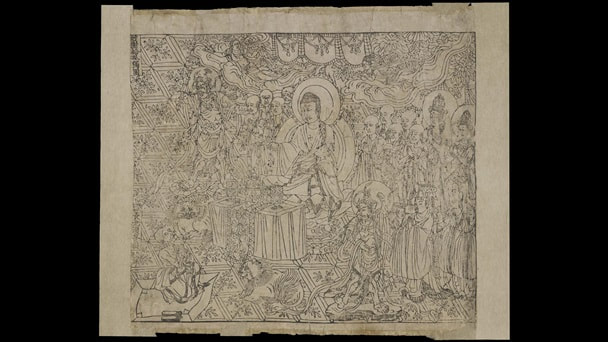
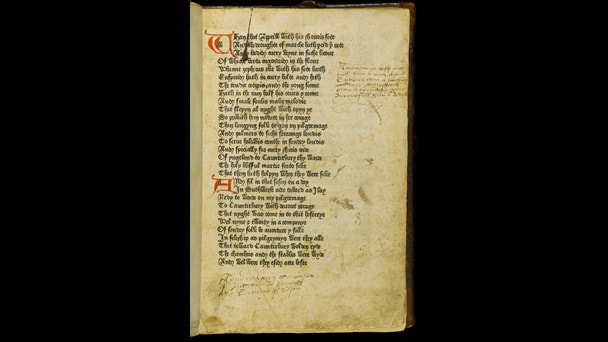
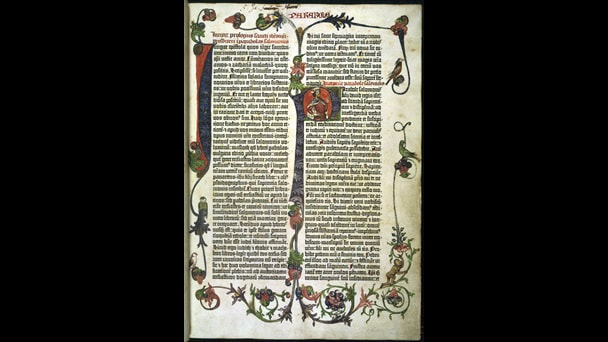

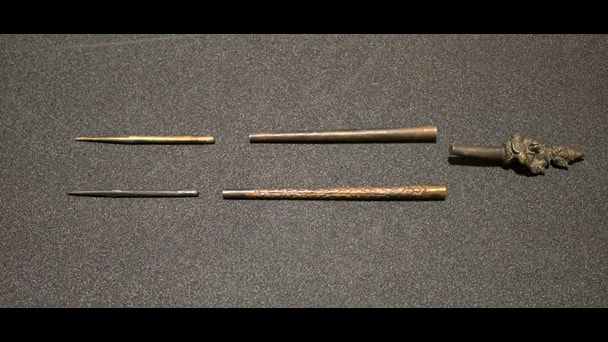

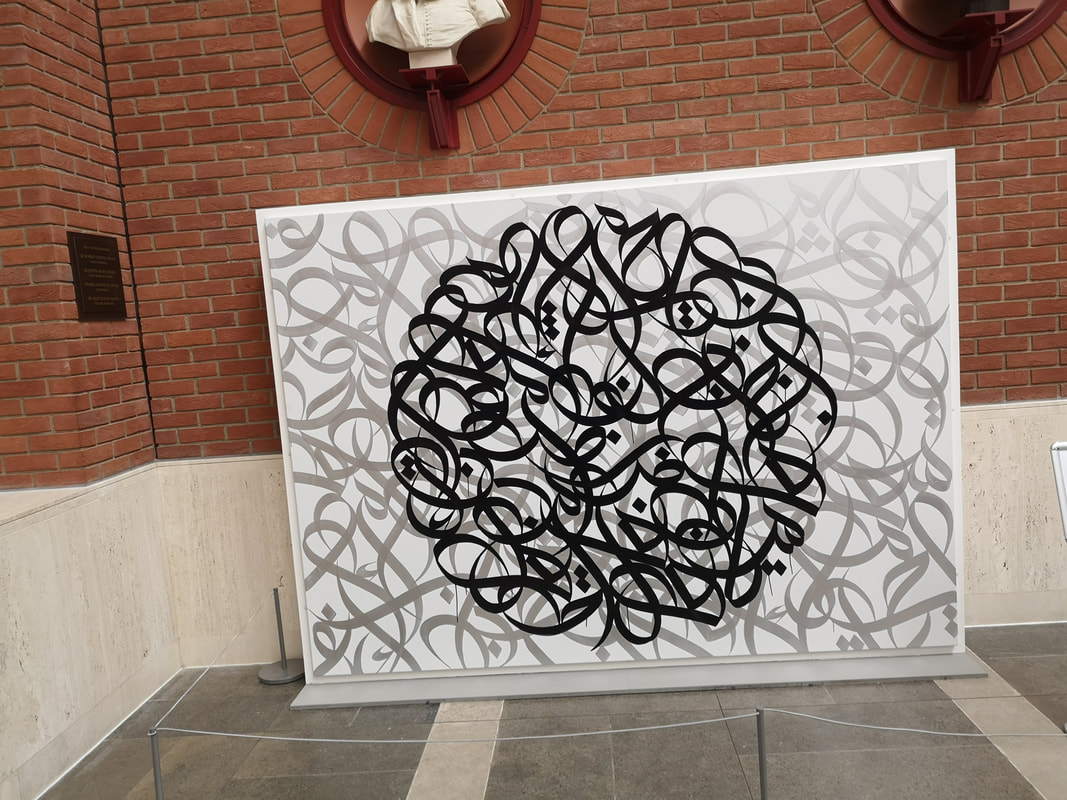
 RSS Feed
RSS Feed